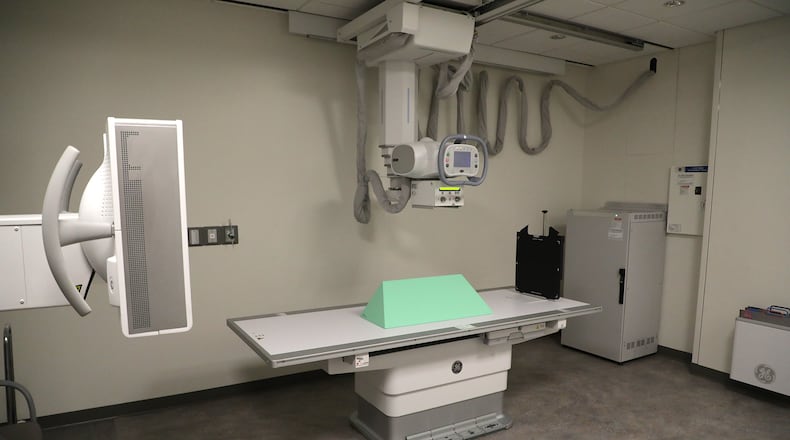People owed rebates may have already received it or received a notice in the mail that they are owed a rebate. Insurers can either write a check or give a premium credit.
For plans for individuals and small businesses, insurers have to spend at least 80% of money from premiums on health care claims and quality improvement. For large group plans, they have to spend at least 85%.
When health insurers have a more profitable year and when the people they cover have fewer health care claims, insurers don’t keep that extra money as profits but rather are required to pay rebates back to consumers.
“The idea is that plans should offer a good value to their enrollees,” said Cynthia Cox, Kaiser Family Foundation vice president and director for the program on the ACA.
She said the law helps protect consumers from incorrect pricing. If an insurer charges too high, they have to make a correction and give some money back.
Federal data isn’t in yet but insurers are estimated to be sending out about $2.7 billion across the U.S., which nearly doubles the previous record high of $1.4 billion in rebates sent out last year, according to the Kaiser Family Foundation.
Last year, about 25,400 Ohioans got about $4.7 million in total rebates, or an average $183 rebate, according to U.S. Centers for Medicare & Medicaid data. This doesn’t include people who work for companies that are self-insured, which are covered by different rules.
People with individual plans bought on the Affordable Care Act marketplaces are typically most likely to get rebates. Out of the 207,000 Ohioans who bought marketplace plans in 2019, about 9,000 got a rebate.
For ACA plans, it is harder for insurers to estimate how much money they will need to charge in premiums in order to cover expenses, according to Cox.
In recent years, insurers have had to estimate what the impact would be with Affordable Care Act repeal and replace efforts and then the individual mandate effectively taken away.
“Part of this is that insurers didn’t know how to price or if they were pricing too high,” Cox said.
Rebates are based on a 3-year average, meaning that this year’s rebates are calculated based on insurance profits from 2017, 2018, and 2019.
Higher rebates could potentially be coming next year, with insurers so far not paying out a lot of claims for 2020, as people either have their elective surgeries cancelled or avoid care.
“We still don’t know exactly how this year is going to even out. What we do know on average is that heath care utilization has been quite low for most of this year,” Cox said.
Some insurers are giving out rebates and premium credits now, which Cox said could be preferable to some instead of paying rebates later.
UnitedHealthcare announced in May it was giving 5% to 20% premium credits applied toward June, and that they were also waiving some cost sharing.
Allan Baumgarten, analyst and author of the Ohio Health Market Review, said in Ohio, 2018 was a very profitable year for Ohio health plans, though 2019 was not as good. He said for Ohio’s HMOs, they had a net income of $555.4 million for 2018 with an average margin of 3.2% and and for 2019 had a net income of $276.9 million with an average margin of 1.3%.
For other Ohio insurers, of which Anthem Blue Cross Blue Shield is about 60%, they had a net income of $518.2 million for 2018 and $468.1 million for 2019.
Now, health insurers and employers are trying to figure out how much to charge in premiums in 2021 amid uncertainty over how much health care people are going to seek -- which determines how much money they will need to collect in premiums.
Scott McGohan, CEO of local benefits firm McGohan Brabender, said pre-COVID, earlier they had been estimating premiums would rise 11% next year but are now thinking more on average 4 to 5% to 2021. It is difficult, however, for employers to guess how much they will have to spend on health care next year, he said.
“You have this unpredictability about what could happen. I think what a lot of employers are worried about is the disease that’s undiagnosed. Let’s say someone in March had stage 1 cancer and now out of fear of the doctor they still haven’t gone,” McGohan said. “That’s the big mystery of how much of that disease is growing and nobody is aware of it."
How many Ohioans got rebates last year
8,999 with individual plans
9,189 with small group plans
7,254 with large group plans
Source: U.S. Centers for Medicare & Medicaid
About the Author
